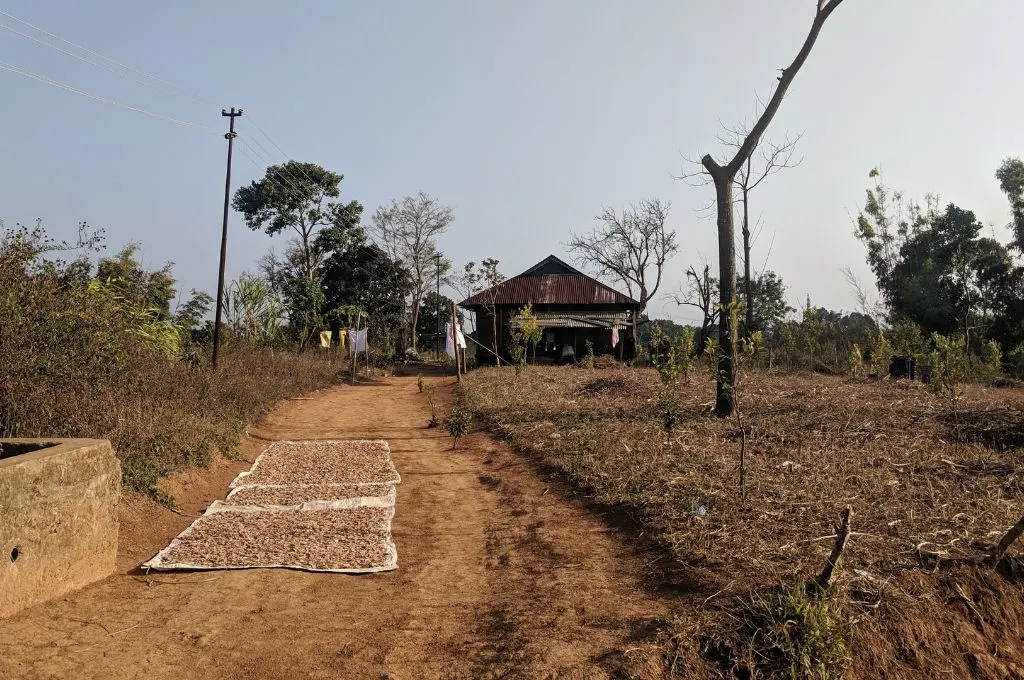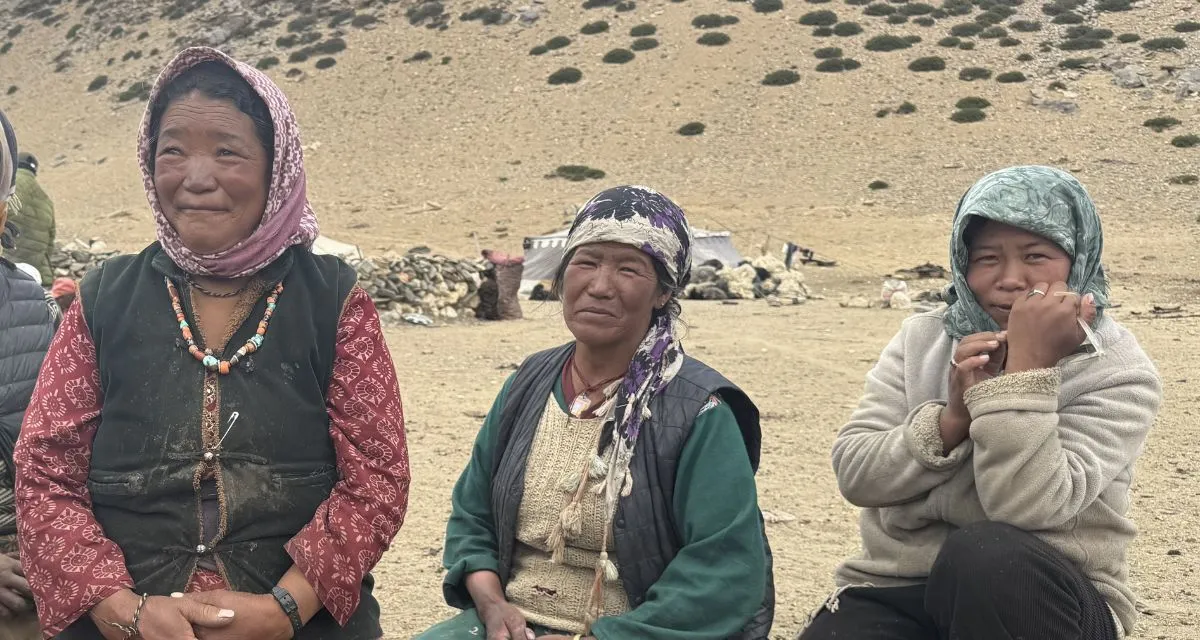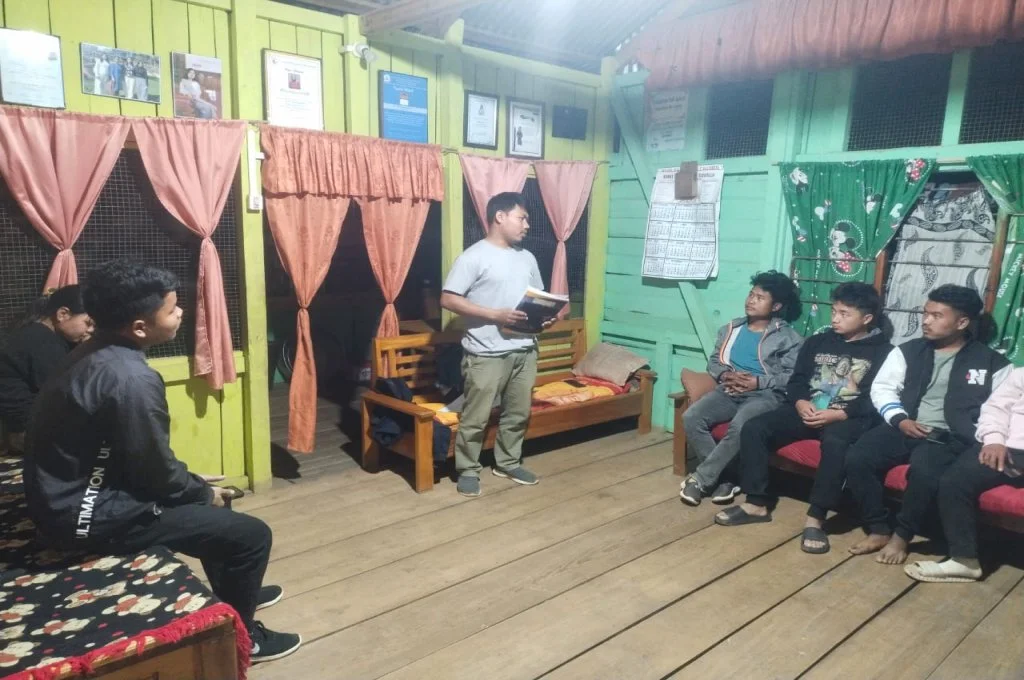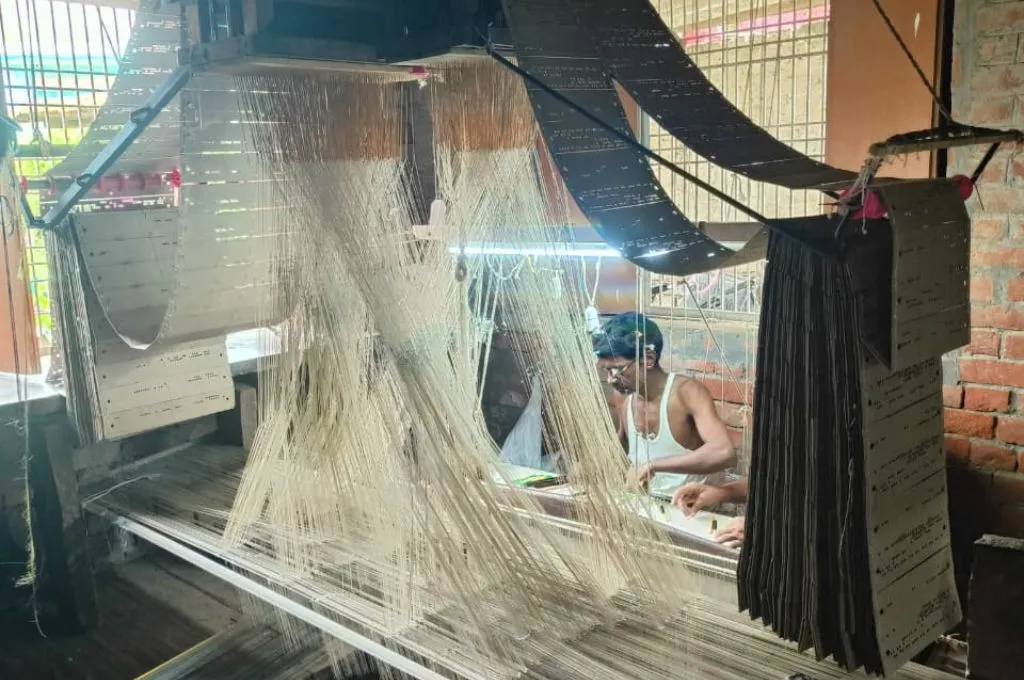READ THIS ARTICLE IN
Power for whom? The cost of renewable energy in Ladakh
In Ladakh’s Pang region, a vast tract of land—approximately 80 km—has been earmarked for a mega solar power plant, which is projected to generate up to 13 GW of renewable energy. The project began all the way back in 2019, when Ladakh was granted its union territory status, and is slated for completion in 2029–30.
However, this new 13 GW mega solar power plant project is a great cause of concern for us, as it can lead to a strain on our natural resources. For one, Pang is a very arid region with high levels of dust. Over time, these solar panels would need to be cleaned at regular intervals, which will require a substantial amount of water. We fear that this could severely impact the region’s water table and its glaciers. This region also serves as crucial pastureland for nomadic tribes, sustaining their livestock grazing activities. However, with this project, many tribes could lose access to this land.
An additional pipeline has been approved for the project that will transmit this power through Himachal Pradesh and Punjab up to Kaithal in Haryana, where it will be integrated with the National Grid. This development threatens to further disrupt the delicate balance that we maintain with our natural resources.

For us Ladakhis, in fact, the solar power plant won’t significantly impact energy demands, which are already met through existing hydroelectric plants such as the Nimoo Bazgo and the Chutak, and through various distributed solar plants. However, none of us were consulted while the project was being planned. The Ladakh Autonomous Hill Development Council, Leh—which is a statutory body of local elected councillors—was also kept out of the loop.
Jigmat Paljor is an activist from Ladakh and coordinator for Apex Body Leh. He is currently coordinating the #ClimateFast movement.
—
Know more: Read this to learn more about the declining population of urial sheep of Ladakh.
Do more: Connect with the author at j.paljor@gmail.com to learn more about and support the climate protest in Ladakh.





